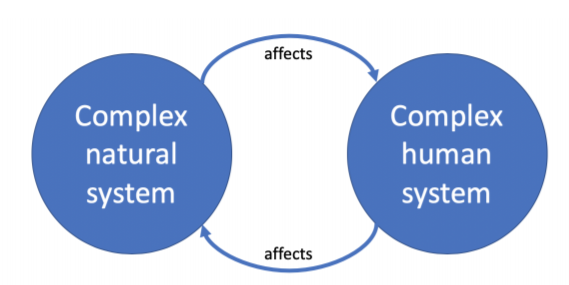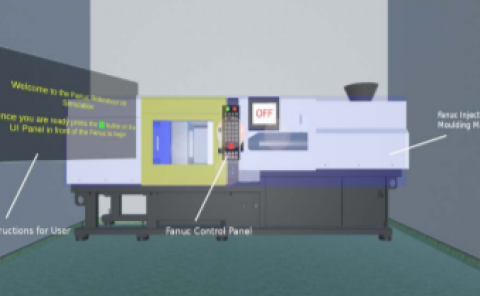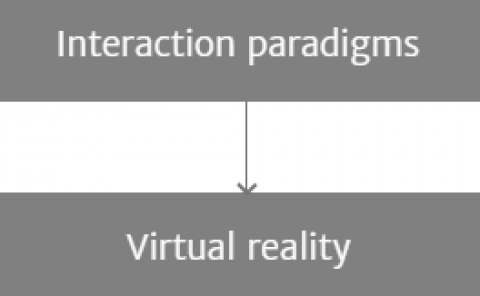Spatial Data Science: Closing the human-spatial computing-environment loop
PubDate: Oct 2019
Teams: University of Canterbury
Writers: Benjamin Adams
PDF: Spatial Data Science: Closing the human-spatial computing-environment loop

Abstract
Over the last decade, the term spatial computing has grown to have two different, though not entirely unrelated, definitions. The first definition of spatial computing stems from industry, where it refers primarily to new kinds of augmented, virtual, mixed-reality, and natural user interface technologies. A second definition coming out of academia takes a broader perspective that includes active research in geographic information science as well as the aforementioned novel UI technologies. Both senses reflect an ongoing shift toward increased interaction with computing interfaces and sensors embedded in the environment and how the use of these technologies influence how we behave and make sense of and even change the world we live in. Regardless of the definition, research in spatial computing is humming along nicely without the need to identify new research agendas or new labels for communities of researchers. However, as a field of research, it could be helpful to view spatial data science as the glue that coheres spatial computing with problem-solving and learning in the real world into a more holistic discipline.


